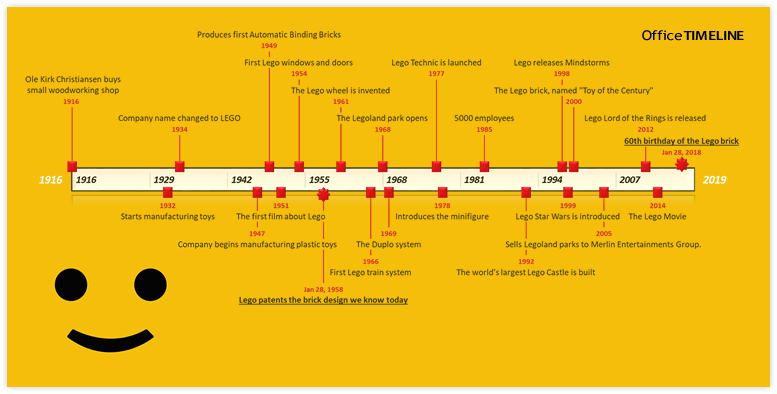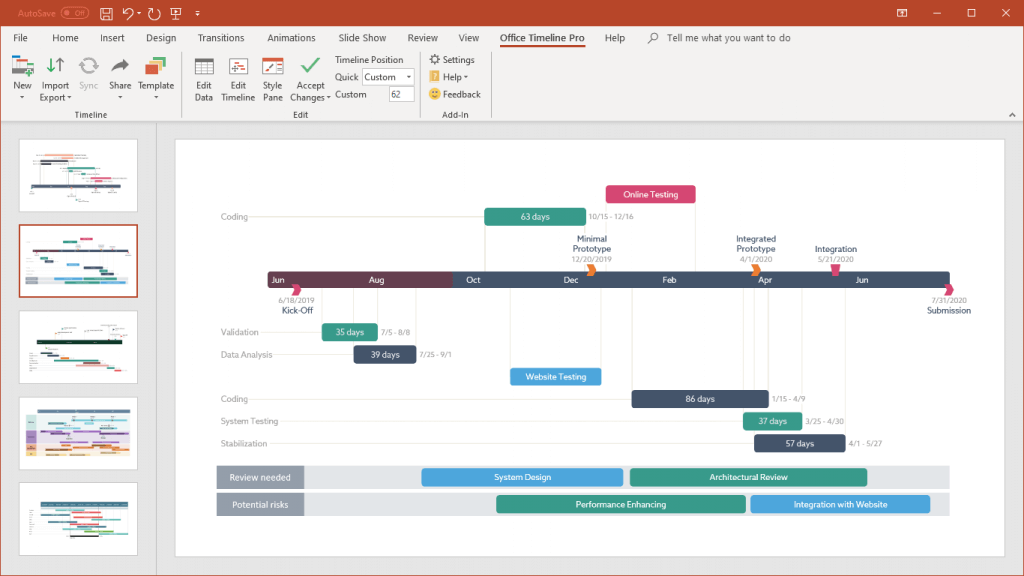
This Sunday, the Lego brick turns 60! Children and adults worldwide have played with Lego sets for the past six decades, and the famous toy bricks are still as craved as they’ve always been – and just as feisty as ever despite the ripe age, as you may notice when accidentally stepping on one. The Lego brick hasn’t changed in appearance from the day its well-known design was patented, on January 28, 1958, but it’s certainly come a long way, steadily turning the Lego Group into one of the biggest toymakers in the world. To commemorate the anniversary of the world’s most beloved toy, let’s take a look back at how it all started.
The Lego Timeline illustrates major milestones and achievements in the history of the company, including the year founder Ole Kirk Christiansen started manufacturing toys, the day the modern stud-and-tube design was patented, or the introduction of the minifigure. In 1916, carpenter Ole Christiansen bought a woodworking shop in Billund, Denmark, where he manufactured stepladders and furniture. Faced with a lack of carpentry jobs because of the Great Depression, Ole soon started to produce miniature models of his products, which inspired him to create toys, thinking they were less expensive and could actually sell. Soon, he renamed his company as LEGO, and the rest is history.
The Lego chronology was built with Office Timeline, a light but powerful tool that plugs into PowerPoint and enables users to easily build eye-catching visual schedules, timelines, Gantt charts and other similar graphics. To edit the image or create new ones fast, we recommend using Office Timeline Plus edition.
Download the Lego Timeline for PowerPoint here.

Turn project data into professional timelines
Get the advanced features of Office Timeline Pro+ free for 14 days.
Get free trial